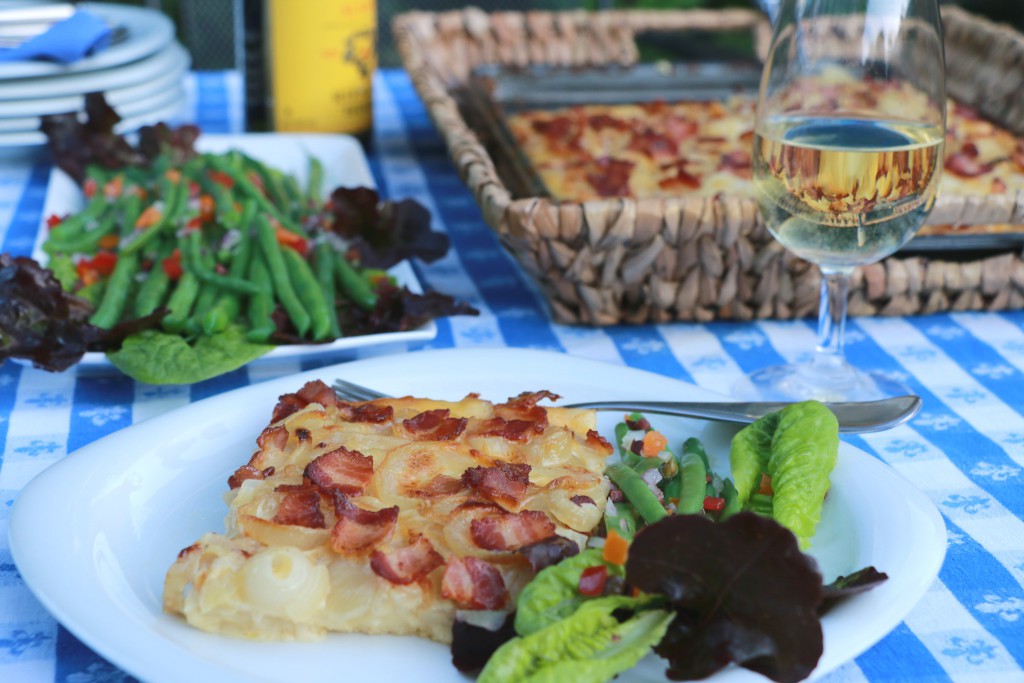 [This article celebrating September’s bounty was also published as a column in Weekend, the Saturday supplement of the Cambridge News. It features recipes for Alsatian onion tarte flambé, and an apple or sweet wine sabayon that dresses up autumn raspberries, blackberries and cobnuts.]
[This article celebrating September’s bounty was also published as a column in Weekend, the Saturday supplement of the Cambridge News. It features recipes for Alsatian onion tarte flambé, and an apple or sweet wine sabayon that dresses up autumn raspberries, blackberries and cobnuts.]
The blackberries may prick our fingers and the onions make us cry, but there is a feast here to remember.’
Raspberries, blackberries and apples, damsons, beans, squashes and onions… The foods of this transitional month are evocative of field, orchard and hedgerow, of gathering in, of making the most of things while we can. We look for something to ease the change, a celebration of what’s best in this month of lowering sun and ripening. Something delicious.
This is when I turn to the onion. I look forward to the new-harvest crop in September as much as I do the first strawberries of May, for our local onions are so good when they still have the freshness of the field in them. Humble, ubiquitous, a staple of nearly every world cuisine and every kitchen, onions enrich our gravies, soups, stews and stuffings, and the smell of them cooking is enough to warm any home and arouse the taste buds. We think of them as background, hardly giving them credit, but we would notice very quickly if they weren’t there.
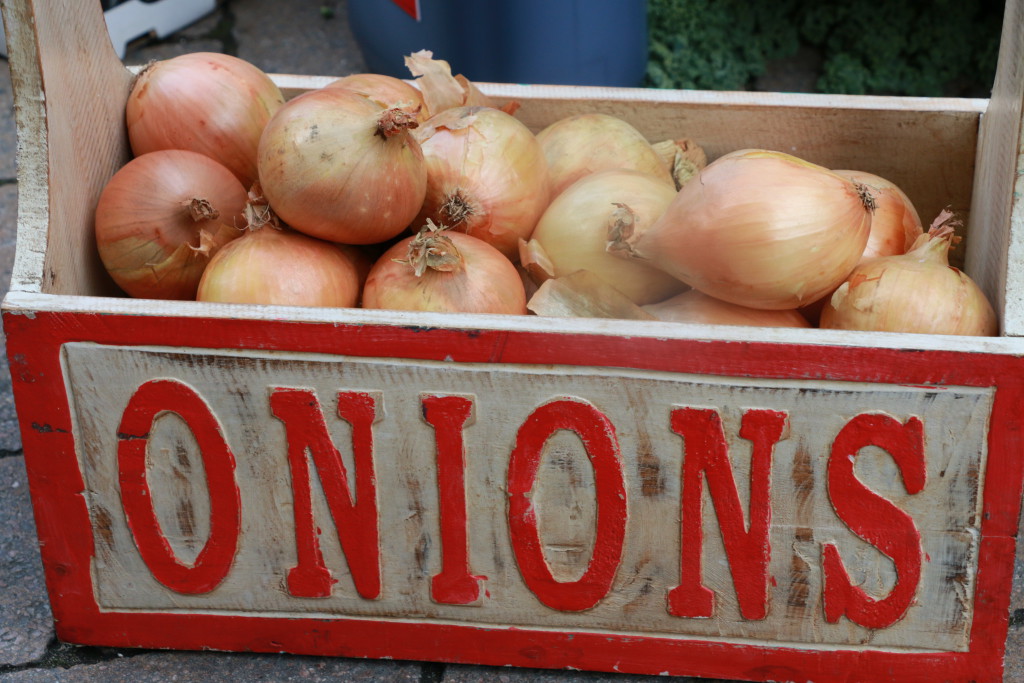 In 1941, there were traumatic wartime shortages when supplies from Brittany and the Channel Islands were disrupted, prompting a fifteen-fold increase in the British crop the following year. Onions became talked-about treasures, birthday presents, gifts from grateful patients to doctors, raffle prizes at dance socials, and the subject of woeful odes: ‘my cupboard might as well be bare, bereft I wander everywhere, and try, nose in the empty air, to sniff a whiff of onion.’*
In 1941, there were traumatic wartime shortages when supplies from Brittany and the Channel Islands were disrupted, prompting a fifteen-fold increase in the British crop the following year. Onions became talked-about treasures, birthday presents, gifts from grateful patients to doctors, raffle prizes at dance socials, and the subject of woeful odes: ‘my cupboard might as well be bare, bereft I wander everywhere, and try, nose in the empty air, to sniff a whiff of onion.’*
Now, when the new-season crop is being lifted and the bulbs are still a little milky, is the time to give onions their due thanks and make them star of the show. This recipe for tarte flambé is the best I know for that. It is basically three ingredients: onions, bacon and cream, on a delicious yeast dough. It is a rustic, well-loved speciality of Alsace, where it fills the niche of pizza (but has no tomatoes and traditionally no cheese). It is the kind of dish to make for family and friends when you want something informal and convivial – the kind of food people really want to sit around the table together and eat.
When I first encountered it in Alsace, I expected something flambéed and was surprised by the absence of pyrotechnics. But there is no disappointment in the taste of a tarte flambé (or ‘flammkuche’, as it is also known in Alsace). It takes its name from the way it was traditionally made. Cooked in wood-fired ovens still too hot to take bread, these onion ‘tarts’ of thinly rolled dough would be the first food in, when the fire was still fierce enough to “flame” them.
If onions are its humblest gift, blackberries are September’s most pastoral. Foraged amongst rose hips, elderberries and nettles on days when there is still warmth in the sun, the pleasure of the task appeals to our hunter-gatherer instincts. Market stall holders tell me they can’t readily sell blackberries, that people consider them food to be had for free. Well, if you miss the brambling ritual of stained and stabbed fingers this year (those thorns!), don’t miss the berries. Buy some of the cultivated specimens, fat and juicy.
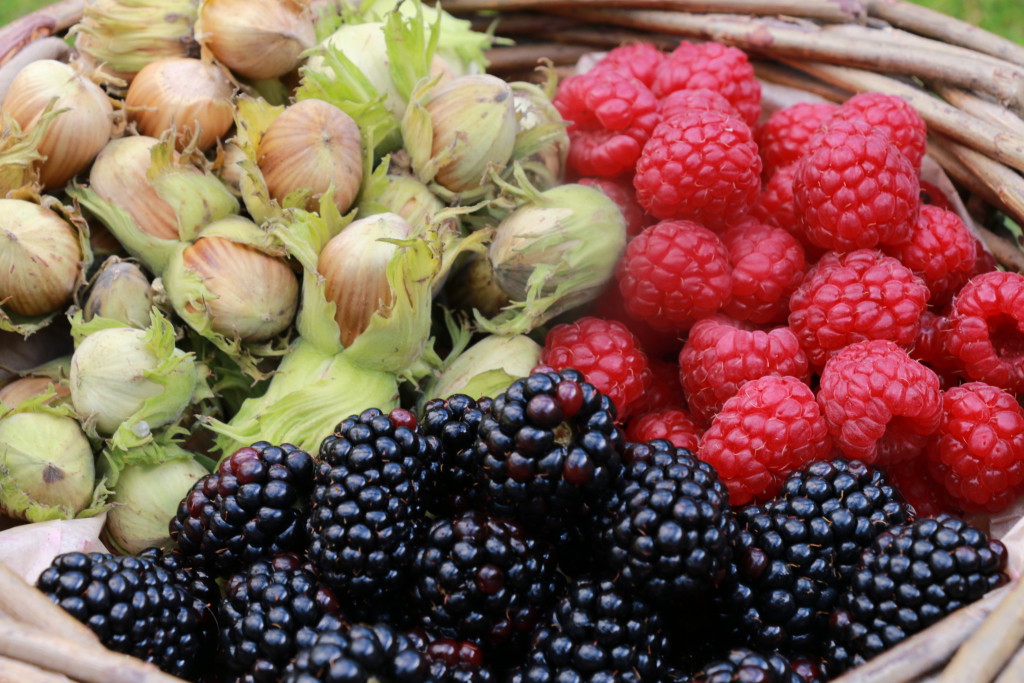 Autumn raspberries are available now in larger punnets for less than they command earlier when every berry costs a countable number of pence. They are the other fruit to seek out in September along with your hedgerow haul, the mid-season plums (nothing better than a perfectly ripe greengage), and early apples (Giant Estivales, as big as a hand, sweet dual-purpose Worcester Pearmains, pink Discoveries).
Autumn raspberries are available now in larger punnets for less than they command earlier when every berry costs a countable number of pence. They are the other fruit to seek out in September along with your hedgerow haul, the mid-season plums (nothing better than a perfectly ripe greengage), and early apples (Giant Estivales, as big as a hand, sweet dual-purpose Worcester Pearmains, pink Discoveries).
The other treasure now is the Kentish cobnut. A variety of hazelnut first cultivated in the 1880s, they are eaten while green and fresh from pale shells encased in frilly husks. The cobnut’s taste is its own. Its texture, too, is like nothing else except perhaps green almonds, with a mouth-feel that intrigues and keeps you coming back – crunchy yet slightly spongy, nutty and also a little grassy in the most palatable way. Toasted, they take on a more familiar taste of hazelnut, but a younger, fresher, less dense hazelnut. The difference is something like that between a freshly picked, tender green bean and one that has been around a while. Both can be enjoyed, but one makes you open your eyes wide.
Such bounty makes the most of September, when ordinary things are special – an onion, a berry, a nut in its shell. The blackberries may prick our fingers and the onions make us cry, but there is a feast here to remember.
* Quotation from Norman Longmate, How We Lived Then: a history of everday life during the Second World War (Pimlico, 1971).
RECIPES
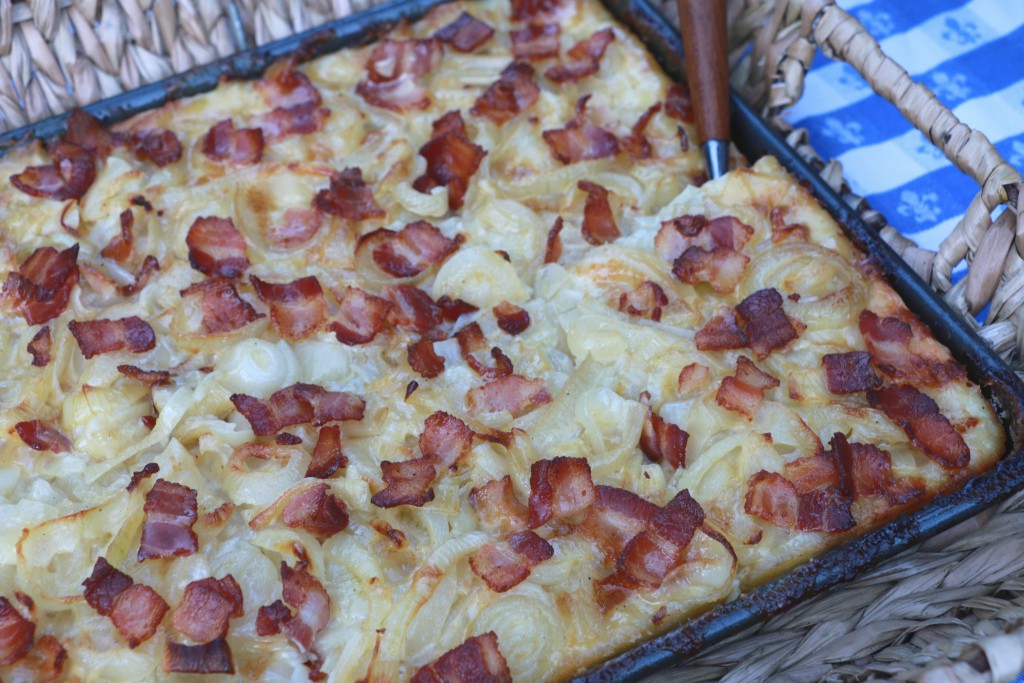 Tarte Flambé (Onion, cream and bacon tart)
Tarte Flambé (Onion, cream and bacon tart)
Adapted from When French Women Cook, Madeleine Kamman (Atheneum, 1976)
Serves 4-6
This recipe is an authentic Alsatian one from a remarkable woman and cook named Eugénie, grandmother of the celebrated French chef and author, Madeleine Kamman. It makes a tarte flambé even better than any I’ve had in Alsace. You can make a vegetarian version — simply sauté the onions in butter and leave out the bacon. The kirsch is an authentic Alsatian touch and really adds something (the alcohol burns off in the oven), but you can go without, or substitute any brandy.
This is a beautiful and easy dough. It makes a small and manageable amount, so you needn’t break a sweat kneading it. But it does take time to rise, so start four or five hours before you plan to serve. You will need a rectangular baking tray approximately 38cmx26cmx3cm, or equivalent.
For the dough:
- 260 g plain flour
- 1½ teaspoons dried active yeast (not easy bake)
- 180 ml warm water (1 part boiling, 2 parts cold)
- 28 g unsalted butter (or lard), melted (approx 2 tablespoons)
- 1¼ teaspoon cooking salt
- 2 tablespoons oil for the bowl and for kneading
For the topping:
- 1 kilo yellow or white onions, peeled and sliced approx 1 cm thick
- 175 g streaky bacon
- 50 g unsalted butter
- A generous pinch of sea salt to taste
- A few grinds of black pepper
- 230 ml double cream
- optional: 60 ml kirsch or brandy
- A little butter for greasing the pan
- Start the dough: add the yeast to the warm water and wait about 5 minutes for it to begin foaming so you know the yeast is active. Put the flour in a bowl and make a well in the centre. Pour in the dissolved yeast and then the salt and melted butter (or lard). Mix well to incorporate: about 50 strokes with a wooden spoon, or use a dough hook and mixer. The dough will be soft and a little sticky. Gather it up with oiled hands and knead on an oiled surface until smooth, about 5 minutes. Shape the dough into a ball, coat with oil and put into a clean, oiled bowl to rise. Cover with cling film and leave in a warm place until doubled in size.
- Prepare the bacon: Stack the bacon slices and cut into 2 cm strips. Separate them and cook gently in a large sauté pan until they’ve given up much of their fat, but don’t brown. Set bacon pieces aside, reserving the fat in the pan.
- Cook the onion filling: Add the onions and butter to the pan with the bacon fat. Cook gently, stirring occasionally, until the onions are translucent and softened, but don’t allow them to take on any colour. Season with salt and pepper, add the kirsch, and stir in the cream. Cook the mixture for one minute. Remove from the heat and cool. Taste for seasoning.
- Assemble and bake: Heat oven to 190C/gas mark 5 and butter your baking tray. When the dough has doubled in bulk, punch it down and roll or pat out thinly to a rectangle shape that fits roughly inside the tray. Finish spreading out the dough evenly with your fingers, pinching it up against the sides so it will contain the filling. Spread the onion/cream mixture evenly over the dough, and then sprinkle on the bacon pieces. Allow the assembled tart to rest for 45-minutes in a warm place until it has risen again slightly. Bake for 35-45 minutes until golden on top and baked on the bottom. Test by sticking a skewer or sharp knife into the centre to make sure it is cooked all the way through. Cool for 5 minutes and cut into 12 pieces to serve. Refrigerate any leftovers and reheat in the oven until piping hot.
Serves 4-6
When raspberries and blackberries are at their best, I like them uncooked, with something that allows their freshness to shine. This delicious sabayon is an ethereal, foamy sauce that can be made with any sweet wine you like to drink, or with a sparkling or pressed apple juice for an alcohol-free autumnal note. Roasted cobnuts add crunch.
The sabayon can be served warm or cold. If warm, it’s best prepared just before serving and takes about 15 minutes. If cold, you can make it two to three hours ahead.
For the fruit and garnish:
- About 450 g autumn berries
- 1 teaspoon of caster sugar, or to taste
- About 300 g cobnuts (or other nuts)
For the sabayon:
- 3 egg yolks
- 50 g caster sugar
- 120 ml sweet wine or apple juice
- If serving cold: 120 ml whipping cream
- Fruit and garnish: Gently wash the berries and dry on kitchen towel. Sprinkle them with the teaspoon of sugar a few minutes before serving. Shell the cobnuts with nutcrackers or by tapping with a hammer. Chop the shelled nuts roughly and roast on a baking tray at 180C/gas mark 4 for about 30 minutes until golden brown and dry. They will go soft at first and then crisp up. Check every 10 minutes and give them a stir for even baking. Cool completely.
- Sabayon: Bring a saucepan of water to a gentle simmer. Off the heat, give the egg yolks and sugar an initial whisk together in a medium-large bowl that will fit securely over the saucepan (you don’t want the bowl to touch the water). Add the wine or apple juice to the eggs and sugar and start to whisk with a hand-held electric mixer or by hand with a whisk, placing the bowl onto the heat. Continue to whisk until the mixture thickens and there is no liquid left at the bottom. It should hold its shape when you lift up the beaters/whisk. Taste with a berry. If you feel more sweetness is needed, add a little more sugar to the fruit. If serving the sabayon warm, spoon over berries in individual bowls and top with the roasted cobnuts.
- If serving cold, cool the sabayon completely by placing the bowl in a sink of cold water; whip the cream lightly so it is just beginning to thicken. Gently fold the two together, and chill until serving.
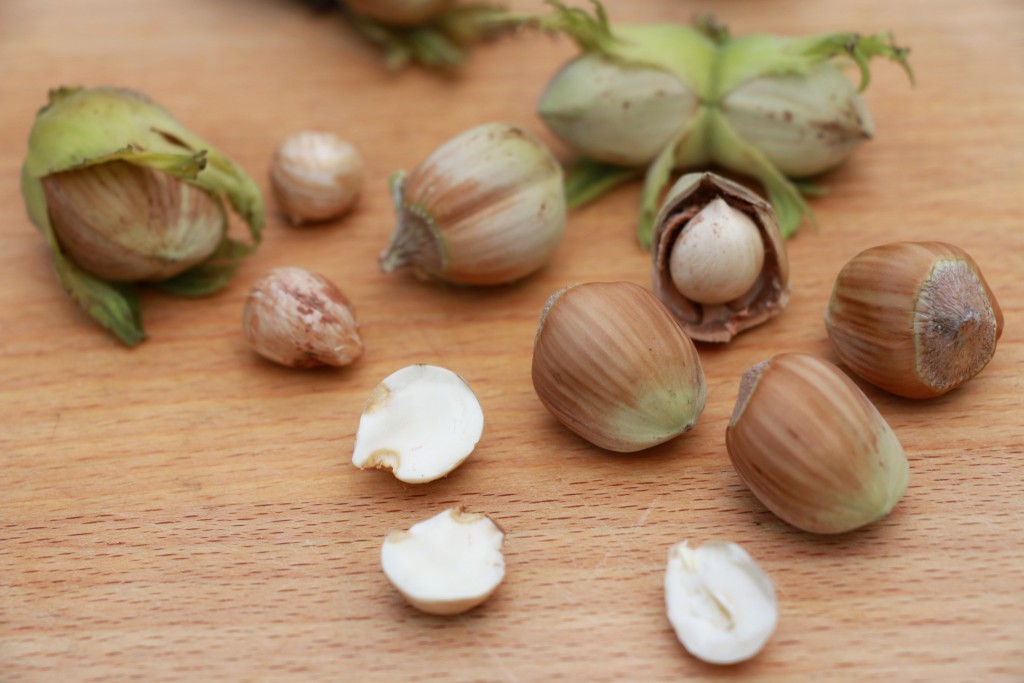
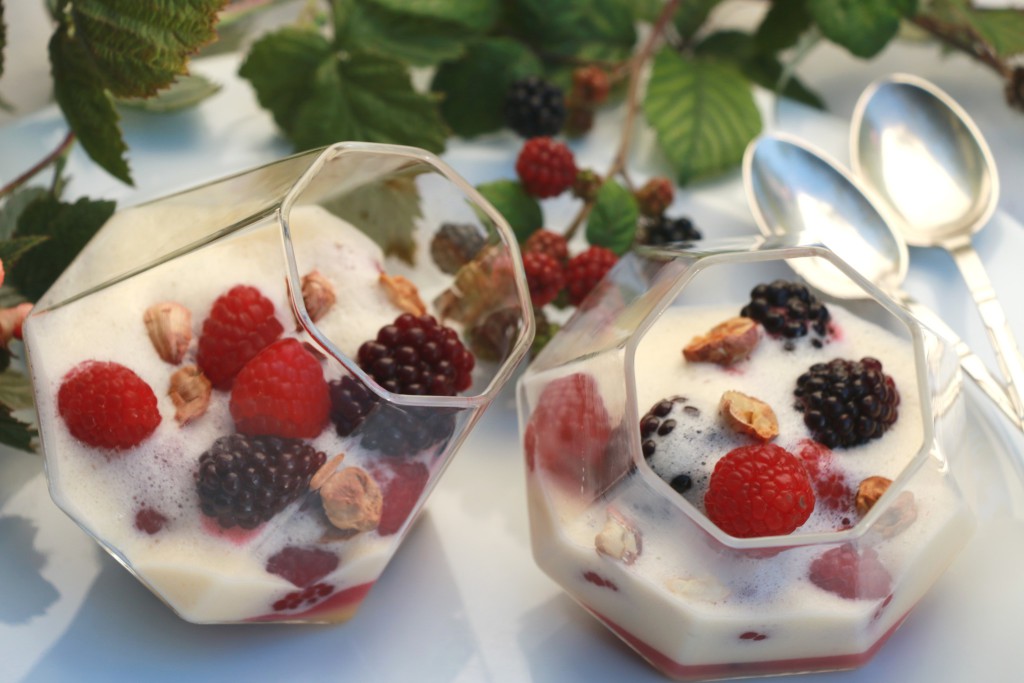
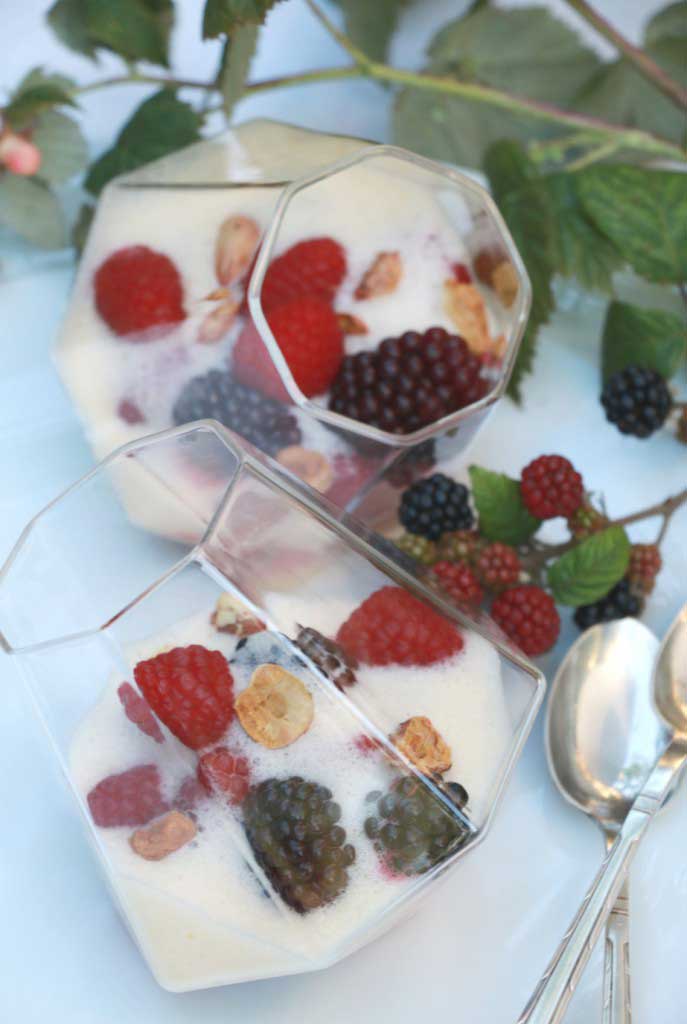
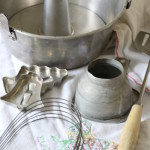

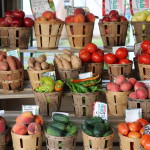
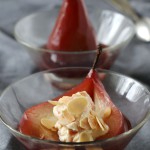
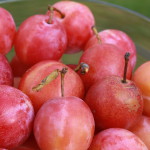
 Tour D’Argent: a remembrance of things past at today’s prices
Tour D’Argent: a remembrance of things past at today’s prices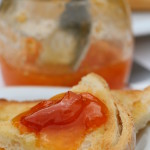 Apricots, les abricots
Apricots, les abricots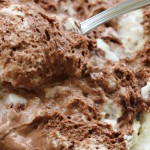 I used to cook in a piggery
I used to cook in a piggery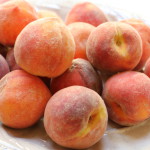
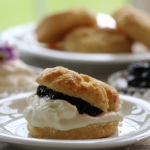
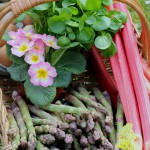


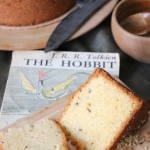 Seed cake and story
Seed cake and story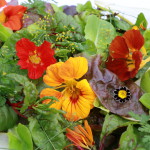
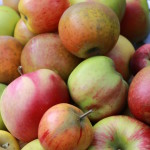
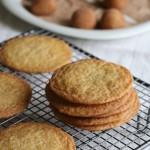
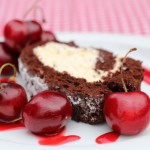
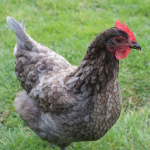
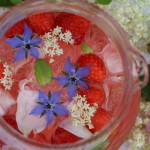
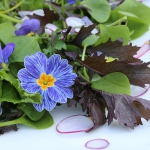

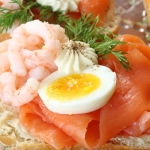
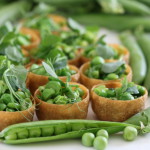

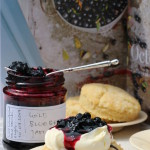
 Easter is late this year
Easter is late this year
Leave a Reply